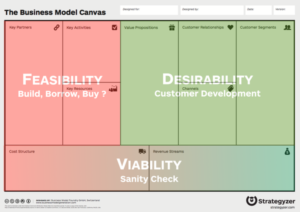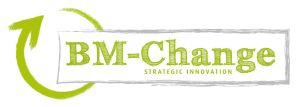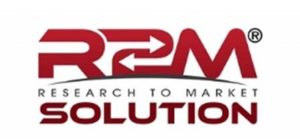 Demand Response (DR) in blocks of buildings can reduce the need for investment in electricity production & transportation. Blocks of buildings can be hospitals, apartments or business parks, basically anywhere with a concentrated demand for energy. These savings can be passed onto building owners in the form of lower bills and the environmental benefits are shared by all. The European research project DR-BOB, is integrating and testing the technologies and techniques required for demand response in blocks of buildings. One goal of the project is to develop viable business models for the DR-BOB solutions.
Demand Response (DR) in blocks of buildings can reduce the need for investment in electricity production & transportation. Blocks of buildings can be hospitals, apartments or business parks, basically anywhere with a concentrated demand for energy. These savings can be passed onto building owners in the form of lower bills and the environmental benefits are shared by all. The European research project DR-BOB, is integrating and testing the technologies and techniques required for demand response in blocks of buildings. One goal of the project is to develop viable business models for the DR-BOB solutions.
Two business models have been designed in the first halve of the project, as a result of generating and eliminating a lot of alternatives. Each business model targets different customer segments and markets. Without testing, their value is limited, they are just ideas. In DR-BOB we have looked how we can gather evidence that these newly designed business models actually work.  Therefore, we adopted elements of the business prototyping approach of design agency IDEO which looks at the desirability, viability and feasibility of a business model and combined this with the testing methodology of Strategyzer. At its core, testing business models is about identifying underlying critical assumptions and finding ways to validate them. What we added is the mapping of common project activities as opportunities to test our underlying assumptions. This way business model elements can be tested in a structured way and without much additional effort by using common project activities like workshops, pilots, stakeholder interviews, trade shows etc.
Therefore, we adopted elements of the business prototyping approach of design agency IDEO which looks at the desirability, viability and feasibility of a business model and combined this with the testing methodology of Strategyzer. At its core, testing business models is about identifying underlying critical assumptions and finding ways to validate them. What we added is the mapping of common project activities as opportunities to test our underlying assumptions. This way business model elements can be tested in a structured way and without much additional effort by using common project activities like workshops, pilots, stakeholder interviews, trade shows etc.
The three design perspectives are being tested by making use of already planned activities. Natural moments used for testing and validating assumptions in the DR-BOB project are:
• Desirability: In multiple workshops, the project engages with stakeholders from the energy and real estate domain. Through questionnaires and interviews with target customers and stakeholders, valuable information is collected about the market’s needs, pains and gains. By demonstrating parts of the functionality of the DR-BOB solution on commercial events and tradeshows, visitors and target customers can experience the solution and provide immediate feedback.
• Feasibility: The DR-BOB solution is being implemented and tested at four pilot sites across Europe. These pilots provide valuable information about the technical feasibility of the DR-BOB solution, the integration of the solution with existing systems and the way building occupants and building managers respond and interact with the system.
• Viability: Costs and benefits of the DR-BOB solution are being tracked at the four pilot sites. Initial costs for installation and maintenance costs, as well as savings in terms of energy savings and financial benefits are being tracked.
The testing process is still ongoing but we will eventually be able to show which building blocks have been validated and, also important, which building blocks haven’t.
The work for the DR-BOB project has been carried out for R2M Solution.
The DR-BOB project is co-funded by the EU’s Horizon2020 innovation programme under Grant Agreement No. 696114


